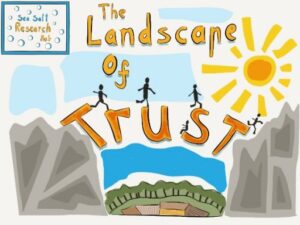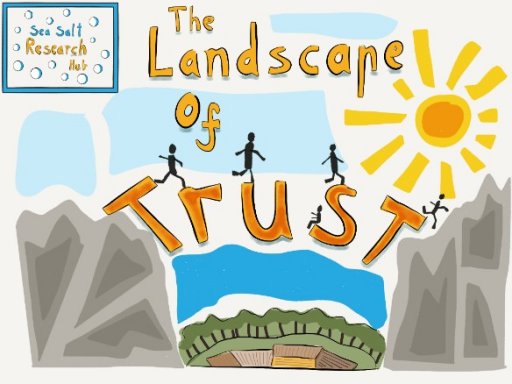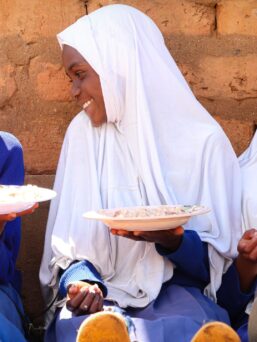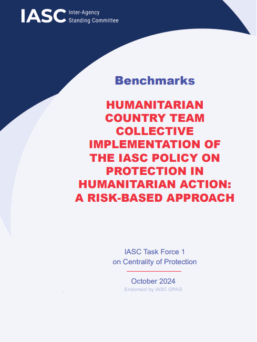Strategic and intentional collaboration among actors across and outside of the humanitarian sphere, based on an understanding of actors’ capacities and leverage points, is vital to achieving collective protection outcomes. Collaboration between stakeholders requires a level of trust between actors and individuals, which can be challenging to forge in the midst of a fast-paced and dynamic humanitarian crisis. Provided the complex nature of trust itself – how it flows between individuals and systems, how it can be difficult and time-intensive to earn, how it is easy to fracture and painstaking to rebuild — as we consider how to establish broad and meaningful collaboration, we must also consider how to understand, cultivate, and nurture this elusive quality.

Julian Stodd and his team with the Landscape of Trust research project offer insights into how to build reservoirs of trust between individuals, within communities and team, and into organizations themselves. The initiative seeks to gather evidence and learn more about ‘trust’, develop visualization tools and diagnostics, and present practical approaches and guidance for applying this gathered evidence on trust.
His recent post provides a pathway built around 8 modules (Foundations of Trust, Structures of Trust, The Failure of Trust, The Flow of Trust, Technology and Trust, The Projection of Trust, The Diversification of Trust, and Leading with Trust) to use evidence gathered in the field to foster social dynamicity in organizations and leadership approaches grounded in trust.
For more information, see the full blog post here.



